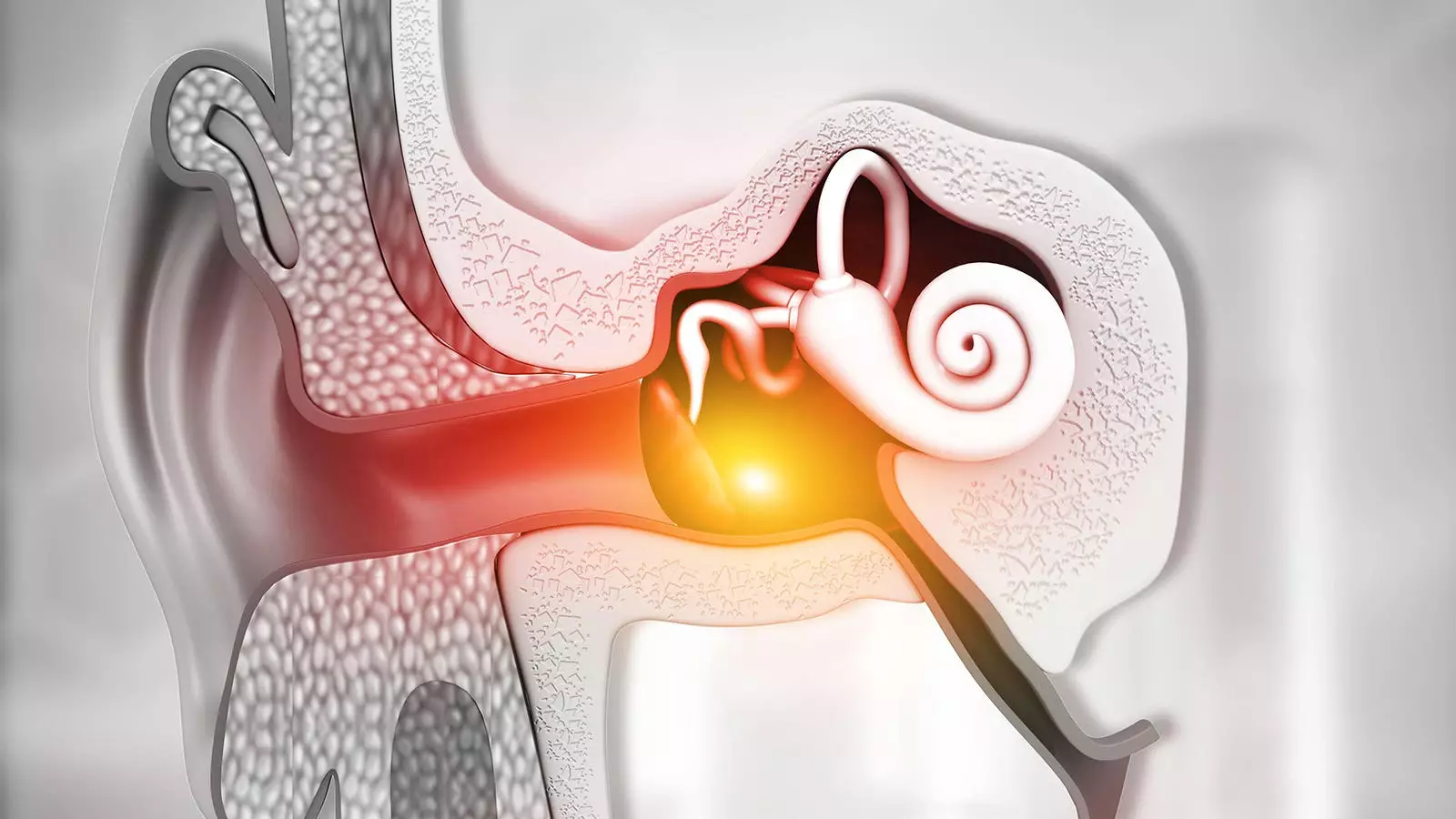Recent research has unveiled a concerning connection between hearing loss and an increased risk of developing Parkinson’s disease, particularly among an extensive cohort of U.S. military veterans. This analysis, which evaluated medical records of over 3.5 million veterans, highlights a potential pathway through which early intervention could mitigate the risk of this debilitating neurodegenerative condition. The study spearheaded by Dr. Lee Neilson and his team at Oregon Health & Science University offers a fresh perspective on the implications of sensory impairments, especially hearing loss, in the context of Parkinson’s disease.
Understanding the Study’s Findings
The study tracked veterans who underwent audiometric testing from 1999 to 2022, monitoring them for an average of 7.6 years post-evaluation. The findings indicated a clear, dose-dependent relationship between the severity of hearing loss and the incidence of Parkinson’s disease. Specifically, individuals with any degree of hearing loss had an approximately 26% higher likelihood of developing Parkinson’s compared to those with normal hearing. What stood out even more was the stratification of risk across varying levels of hearing impairment; mild hearing loss correlated with an additional six cases of Parkinson’s disease over a decade, while individuals with moderate-to-severe hearing loss faced up to 16 additional cases.
The research underscored that hearing aids could play a crucial role in this narrative. Early dispensing of hearing aids—within two years of initial hearing assessments—was associated with a marked decrease in the incidence of Parkinson’s disease. The study estimates that 462 individuals would need treatment with hearing aids to prevent a single case of Parkinson’s disease over the following decade, a significant indication of the potential benefit of proactive interventions.
Implications for Public Health Policy
These compelling findings call for a re-evaluation of public health strategies concerning auditory health. The study advocates for the incorporation of hearing screenings into routine health assessments, particularly for older adults or populations deemed at risk for neurodegenerative diseases. Such proactive measures could potentially reduce the burden of Parkinson’s disease, addressing a growing issue without a current cure. By embracing early intervention, health officials could pave the way for not just individual health benefits but could also collectively lighten the healthcare system’s load.
Dr. Neilson emphasizes that hearing loss is a modifiable risk factor, unlike some others linked with Parkinson’s, such as anosmia (loss of smell). Recognizing this inherent malleability opens avenues for proactive health measures that could significantly alter the disease’s trajectory for at-risk individuals.
Despite the promising nature of the results, the study is not without its limitations. Most notably, the sample comprises predominantly white male veterans, which raises questions about the generalizability of the findings across different demographics. The analysis did not account for various potential confounders, such as the exposure to ototoxic medications or environmental factors that may contribute to both hearing loss and neurodegenerative diseases.
Furthermore, the study does not delineate the mechanisms through which hearing loss might influence the risk of developing Parkinson’s. This gap highlights the need for further research to better understand the biological or environmental pathways involved.
The findings contribute to a growing body of evidence suggesting that sensory impairments could serve as significant indicators for neurodegenerative diseases. As clinicians and researchers continue to explore these connections, the implications for diagnostic strategies, treatment methodologies, and ultimately, patient outcomes may be profound. Not only does this research open doors to potential early intervention strategies, but it also prompts a broader discourse on the relationship between sensory health and neurological well-being.
As emphasis shifts towards holistic health models, integrating sensory health assessments into general health screenings could prove invaluable. This approach fosters a more comprehensive understanding of health risks and promotes interdisciplinary strategies for managing and preventing complex diseases like Parkinson’s.
The link between hearing loss and an elevated risk of Parkinson’s disease presents a critical area for future research and public health intervention. As studies like Dr. Neilson’s offer pivotal insights into this relationship, it is imperative that healthcare systems recognize the importance of addressing hearing health. By doing so, we may take significant strides toward reducing the incidence of Parkinson’s disease and improving quality of life for those at risk, breaking new ground in the prevention of neurodegeneration.


Leave a Reply